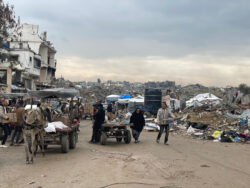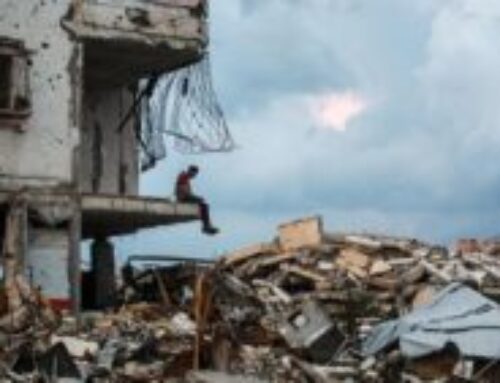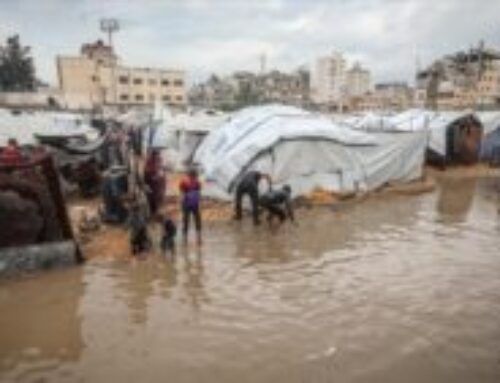The sounds of bombardment have ceased, but the echoes of hunger still reverberate through the shattered streets of Gaza. When the ceasefire was declared, the tragedy did not end. In a city turned by siege into an open-air prison—where a loaf of bread is now more precious than gold—people face the battle for survival with what remains of patience, resolve, and a few crumbs of hope.
Today, Gaza stands on the edge of a declared famine after two years of genocide that scorched the earth, destroyed the farms, and erased the fields from existence. The scene is no longer what it once was: the green fields have turned to ash, the sea that once gave sustenance is now besieged, and the family table that once gathered loved ones has become a distant memory.
The United Nations World Food Programme (WFP) confirmed that ending famine in Gaza will take a long time, calling for the opening of all crossings to flood the besieged enclave with food after the war closed every gate to life. WFP spokesperson Abeer Atefa said that curbing the famine “will take time,” noting that the food entering Gaza remains far below the daily needs of over two million people.
Currently, only five distribution centers are operating in Gaza, with the program seeking to expand that number to 145. Around 560 tons of food enter the Strip daily—a figure that may sound large but covers only a fraction of the actual need. Atefa added, “We urge the opening of the northern crossings into Gaza, as their closure prevents access to the most vulnerable areas. So far, we have not begun distribution in Gaza City, where only limited supplies have arrived due to closed crossings.”
Meanwhile, UNRWA warned that famine is not the only threat— the collapse of the agricultural sector has deepened the crisis. Food prices have skyrocketed to unprecedented levels after the usurping entity destroyed or made inaccessible nearly all farmlands. “Almost all agricultural lands in the Strip are either destroyed or unreachable,” the agency said, “leaving thousands of families without income and driving food prices to record highs.”
The figures emerging from Gaza warn of an open-ended humanitarian disaster: over 94% of the agricultural land—around 178,000 dunams—has been destroyed, slashing annual production from 405,000 tons to just 28,000. According to Gaza’s Government Media Office, the agricultural sector has suffered losses of $2.8 billion over two years of aggression, with vegetable cultivation shrinking from more than 93,000 dunams to around 4,000.
And yet, despite the devastation, Gaza continues to strive for life. In the camps, women plant herbs beside their tents. In cratered streets, children sell dry bread. In weary eyes, hope still defies despair.
From the womb of famine, dignity is born. From beneath the ashes, Gaza insists on remaining. The battle today is not only for land—it is for the very right to live. The city that survived genocide and rose from its ruins will never be defeated by hunger.





